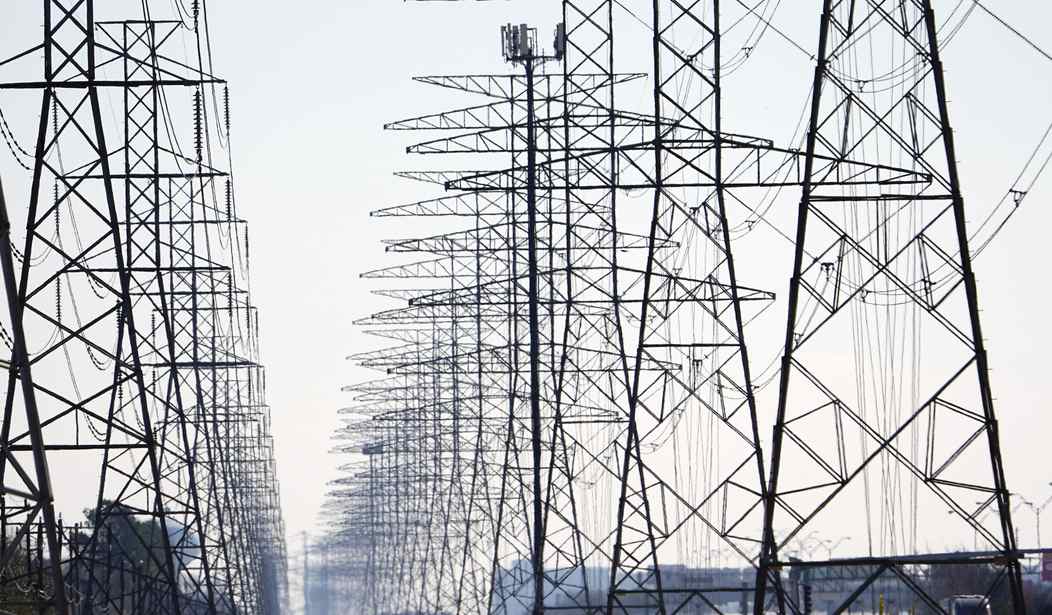In many parts of the world, nations are noticing some of the growing pains associated with trying to do away with fossil fuels and rely increasingly on “green energy” such as solar and wind power. We’re seeing the same effects in the United States. One of the main obstacles is the inability of aging power grids to not only provide enough energy to keep the world moving but to accept the newer forms of energy being provided. The International Energy Agency in Europe is sounding the alarm, warning that rolling blackouts are once again becoming a very real risk if adjustments are not made. And in the northern hemisphere, having this happen just as winter is approaching is something of a worst-case scenario. (Associated Press)
Stalled spending on electrical grids worldwide is slowing the rollout of renewable energy and could put efforts to limit climate change at risk if millions of miles of power lines are not added or refurbished in the next few years, the International Energy Agency said.
The Paris-based organization said in the report Tuesday that the capacity to connect to and transmit electricity is not keeping pace with the rapid growth of clean energy technologies such as solar and wind power, electric cars and heat pumps being deployed to move away from fossil fuels.
IEA Executive Director Fatih Birol told The Associated Press in an interview that there is a long line of renewable projects waiting for the green light to connect to the grid.
Some of the “complications” under discussion were completely avoidable and could have been dodged with a bit more advance planning. One of the major problems with these newer green energy solutions is that they each have their own unique infrastructure. If you go put up a bunch of windmills on a hill, hooking them up to the grid isn’t as simple as running an extension cord down to the nearest powerlines and plugging them in as if you were setting up a new Playstation in your house. Adapters and converters are required, all of which takes time and costs money, driving up the cost of the project.
Location is also a constant consideration when planning new power generating stations, or at least it’s supposed to be. In order for electrical power to be useful you have to get it from the source to where it’s needed. Transmission lines create losses over longer and longer distances, so you need to be smart and put your new generators as close as possible to the most strained portions of the grid.
Further, even if we leave aside all of the logistical and installation costs, wind and solar projects don’t produce as much electricity as traditional oil and gas generators. Pound-for-pound, nothing produces electricity as cheaply and reliably as oil and gas. So by engaging in this sort of widespread conversion, you are taking up more space and producing less energy as a result, even as demands on the grid continue to increase as the population grows.
The reality is that our energy grids around the world were designed and built to run on either fossil fuels or hydroelectric power. Both of them employ essentially the same type of hookups to the grid. Later, we added in nuclear energy, but those plants tend to be far apart and connecting them to the local grid is always part of the initial construction plan.
But today we have people scooping up government grants and funding intended to “save the planet” and rushing to set up wind and solar farms wherever they can manage to get access to some real estate. This has led to cases where a new batch of wind turbines can be tossed up only to be left sitting idle for considerable periods of time while waiting to be connected to the grid. Meanwhile, particularly in the United States, our grid is already adapted to oil and gas generation so it’s ready to go. If we would go back to setting up more oil and gas plants rather than shutting them down and trying to replace them with windmills, we wouldn’t be struggling with these issues.







Join the conversation as a VIP Member